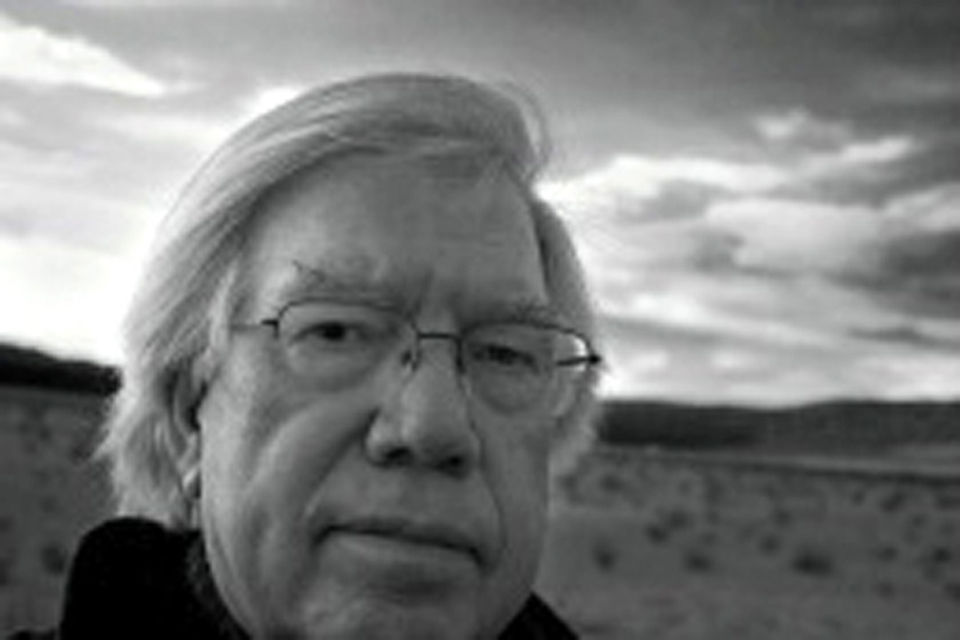Some information may be outdated.
The epic sight of the white-capped La Sal Mountains peeking through the red rock frame of Delicate Arch is one of the most beautiful and iconic views in Utah, the United States and even the world. Millions of people cross thousands of miles for a glimpse of this inspiring landscape. Yet, on too many days, the views in Arches and Canyonlands national parks are partially obscured by poor air quality, most noticeable as haze.
Poor air quality has been an issue of growing concern for Moab residents and town officials in recent years, due to the pollution from increased vehicle traffic and oil and gas extraction in Grand County. Air pollution accumulates over months and years, as it has in the Moab region.
One of the challenges of our time will be to reduce air pollution in order to protect public health, clear skies and a vibrant tourism economy. What if, instead of majestic cascades of canyon walls, the view from Island in the Sky was an impenetrable yellow haze? How many people would travel thousands of miles, or just 20 miles, to see that? The air pollution comes from numerous sources, but in Utah the largest single source of air pollution is coal-fired power plants. Roughly 78 percent of the electrical power generated in Utah comes from coal. Coal pollution must be addressed when talking about improving air quality.
Two of Utah’s largest coal-fired power plants, Hunter and Huntington, are located a mere 70 miles upwind of Arches and Canyonlands national parks. Hunter and Huntington emit over 16,000 tons of nitrous oxide and nearly 17 million tons of carbon dioxide, among other pollutants, into the air every year. These noxious gasses combine with dust and sunlight to produce toxic ozone and particulate matter that contribute to ill-health and darken our skies.
The State of Utah commissioned a report in 2010 to quantify the true cost of fossil fuel energy production in the state. The report found that fossil fuel production results in 202 premature deaths, 154 hospital visits for respiratory illness and 175 emergency room visits for asthma. Our close proximity to the Hunter and Huntington power plants places all of us, but especially children, at risk for lung, brain and heart damage. Numerous studies have shown that air pollution affects our everyday health. When the health costs and water usage are included in the cost of producing electricity, coal-fired power is no longer a cheap energy source.
Current pollution control technologies exist, called SCR, which could help mitigate these costs and cut emissions by 80 to 90 percent. In fact, the Utah Air Quality Board is currently reviewing a rule of the Clean Air Act, called Regional Haze, which demands the “best available retrofit technology” be applied to Utah coal plants to reduce pollution and haze in national parks. Colorado, New Mexico and Arizona are all requiring plants in their states to install SCR in order to comply with the Rule. Sadly, Utah’s plan doesn’t compare to our Western neighbors, and only requires emissions cuts of 30 to 40 percent, compared to 80 to 90 percent reductions in surrounding states. These modest reductions mean that we will continue to see a rise in air pollution in Grand County.
The national parks and surrounding lands are good for more than just pretty views; they also add value to our communities and improve our quality of life. According to a study by the University of Utah, more than 22 million visitors travel to Utah each year and contribute roughly $5.3 billion to Utah’s economy. In Grand County, the tourism industry alone accounts for 45 percent of the county’s jobs. Arches and Canyonlands see more than 1.5 million combined visitors each year. With the increasing popularity of the parks and the prominence of Moab as the gateway to Canyon Country, we must be more vigilant than ever to safeguard these special places.
So what can we do to reduce the air pollution in our area? A public comment period on Utah’s regional haze plan is currently open, through May 1. Tell the Utah Air Quality Board to require industry standard technology on Utah’s coal plants to protect clean air in our national parks, and beyond; send your comments to mberger@utah.gov. Visit action.sierraclub.org/ProtectUTParks to make your voice heard and submit your comments to clean up Utah’s skies and protect Utah’s national parks.
Lindsay Beebe is an organizer with the Sierra Club’s Beyond Coal Campaign. She is based in Salt Lake City. Bill Rau is a member of the Canyon Country Coalition for Pipeline Safety, based in Grand County.
Appreciate the coverage? Help keep local news alive.
Chip in to support the Moab Sun News.



